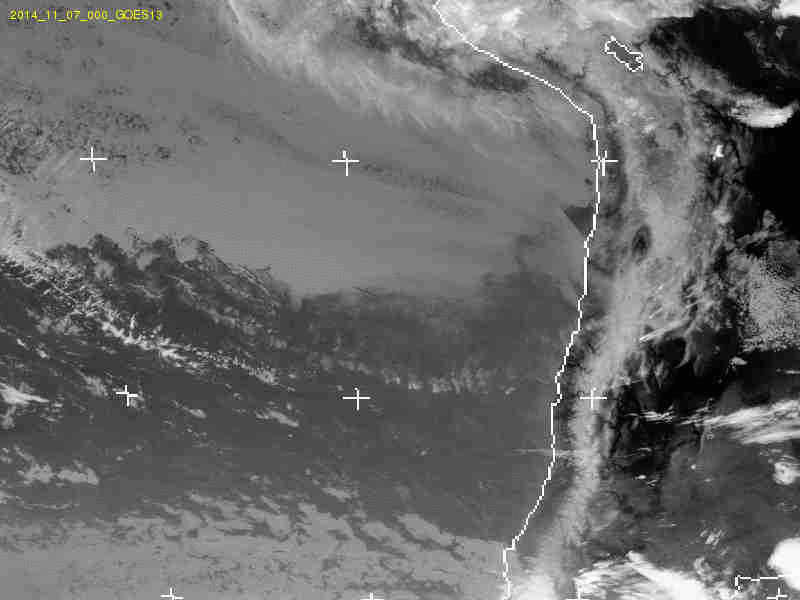Despite their importance for astrophysics in general, the formation and evolution of close compact binary stars is far from well understood. To explain their short separations, close compact binaries are thought to form through common envelope evolution, a spectacular phase of binary star evolution where both stellar components orbit within one gaseous envelope. Sad but true, current models are unable to predict the detailed outcome of common envelope evolution. This is probably the largest uncertainty in present day binary population models which severely limits our understanding of objects as important as for example supernova Ia progenitors.
To progress with this situation we perform observational and theoretical population studies of white dwarf binaries with a special emphasis on deriving observational constraints on models of common envelope evolution:
- PCEBs from SDSS (link to www.sdss-wdms.org)
- Reconstructing the evolutionary history of PCEBs
- The RAVE/Galex survey of WD plus FGK stars
- High precision observations of eclipsing PCEBs with X-shooter
Investigators:
Professors: Matthias Schreiber
Postdocs: Steven Parsons (PhD.) - Mónica Zorotovic (PhD.)
Students: Daniela Iglesias (PhD student) - Carolina Agurto (MSc.) - Guillermo Retamales (MSc.) - Miguel Fernandez (MSc.)
Previous members:
Alberto Rebassa-Mansergas (currently post-doc in China) - Odette Toloza (currently PhD student in Warwick, UK)





